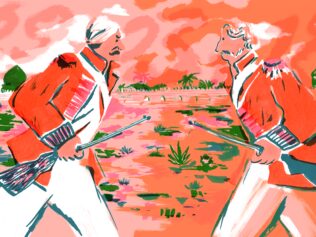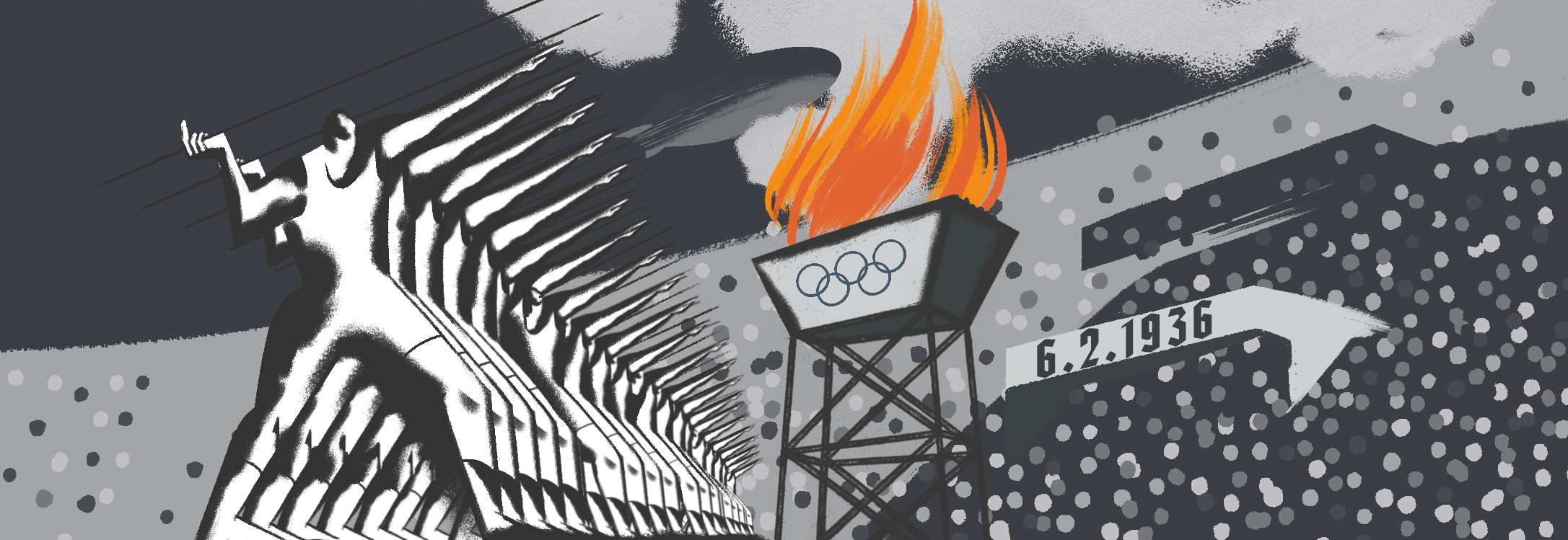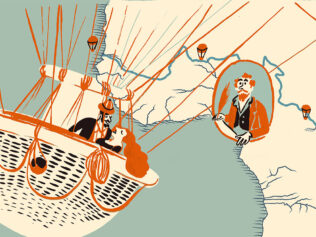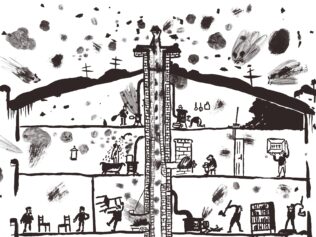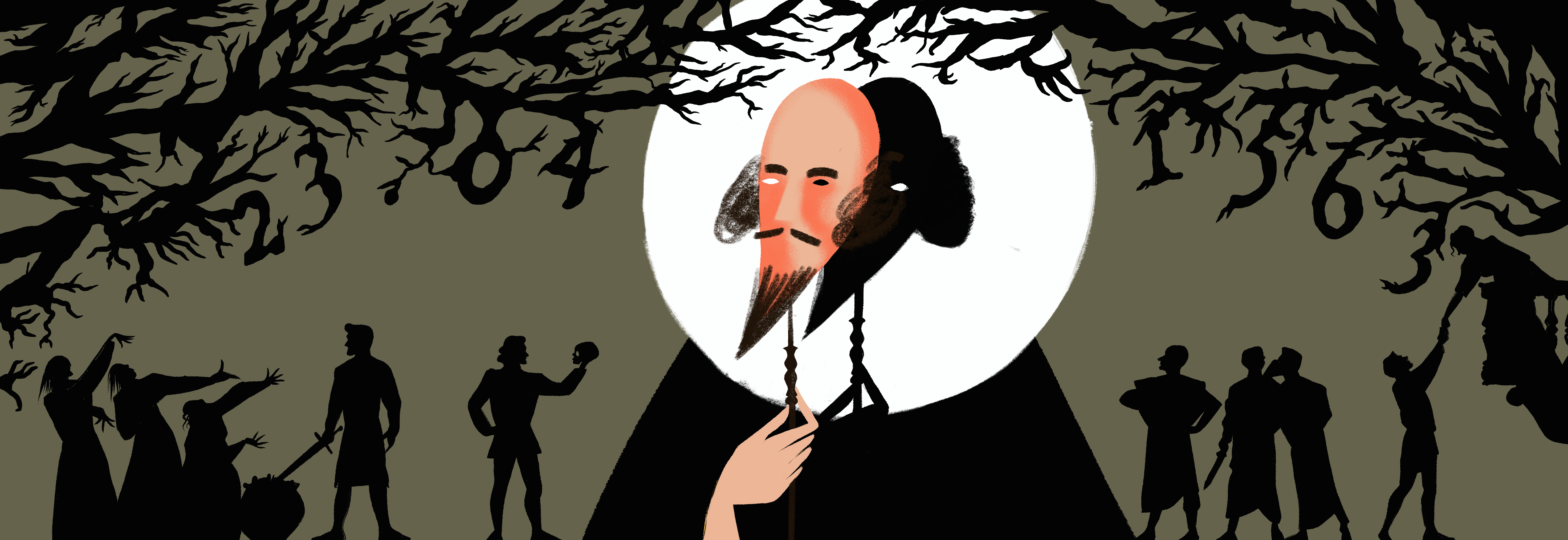
Just over 500 years ago, in the Clos Lucé in Amboise, France, Leonardo da Vinci passed away at 67 years of age. He had spent the last months of his life dependent on the mercy of the French king, struggling with physical handicaps brought on by a cerebral stroke. Leonardo busied himself with organizing his notes, rarely making attempts at creating new sketches. Surely this was not how he imagined growing old. Not to mention our idea of how the Tuscan genius should have retired, considering the esteem and respect his name evokes to this day. Indeed, he was considered a genius already back in the day; people admired his paintings and blueprints, and he became an inspiration to generations of artists and inventors. Still, it was far from the idolatrous worship Leonardo receives today.
The growing obsession
Take Mona Lisa. Back then, it was considered just one of many paintings by Leonardo da Vinci, and not the most awe-inspiring work of all time. The Gioconda only gained its fame and lustre after it was stolen from the Louvre in August 1911. Strange circumstances surrounding the disappearance of the painting, the investigation, suspected leads – all of these things fuelled public interest in the painting. “In the ensuing months, composers wrote tunes about the Mona Lisa and its subject’s beauty; editorial cartoonists mocked police efforts to find her; and cabaret singers appeared as topless versions of her,” writes publicist Simon Houpt in his book Museum of the Missing: A History of Art Theft. “Crowds flooded the Louvre to stare at the empty space on the wall. They actually showed up in far greater numbers than they had before, when the painting was there for them to see.” Finally, it transpired that the thief was not some fame-seeker or rebellious artist, but the Italian carpenter Vincenzo Peruggia, who worked in the museum. As it turned out, Peruggia’s motive was to return the painting to the native country of his kinsman. And, unsurprisingly, this turn of event lent an air of political scandal to the whole affair.
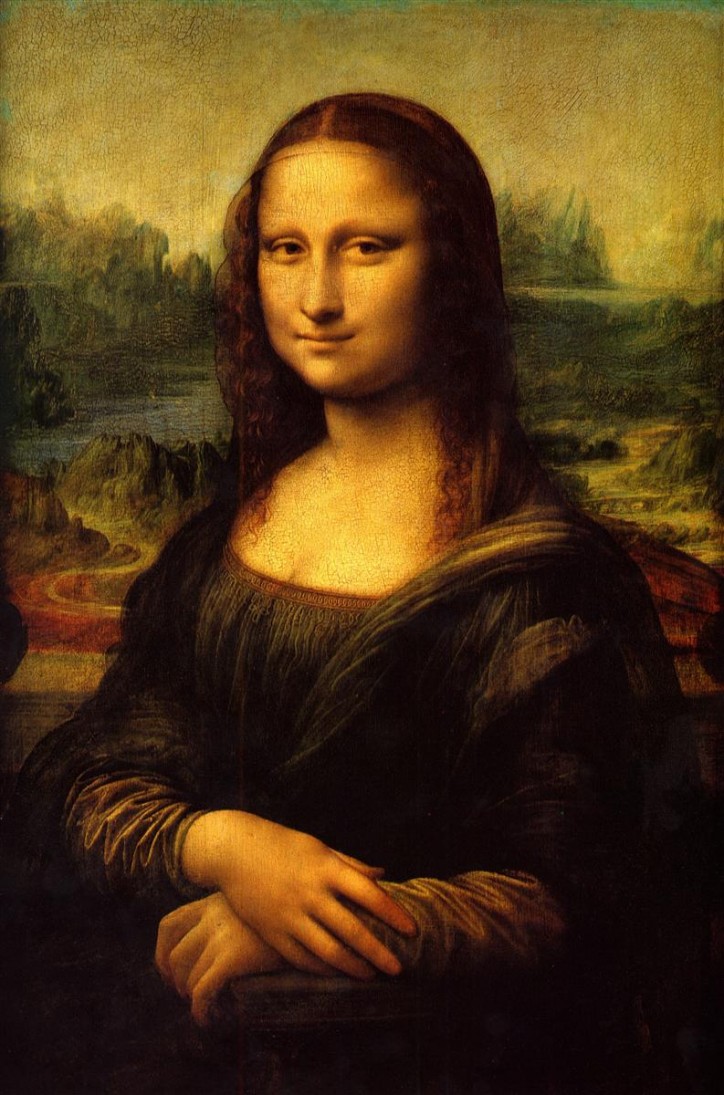
Another painting by Leonardo, Lady with an Ermine, was also far from the fame it enjoys today. Had it not been found in a museum after centuries of oblivion, it would have never become known to a wider audience. And what of the mural painting The Last Supper? It was already fading during the maestro’s life, which brought him no fame and hardly helped to advertise his craft. The Last Supper was therefore not much appreciated. In the 18th and 19th centuries, it had to endure the company of soldiers, prisoners, and even horses. In fact, the more threatened its existence was, the more famous it became. The peak danger came during World War II when Milan was bombed by the Allies. The fresco was on the edge of destruction, and it was only the scaffolding and sandbags that saved it from flying debris.
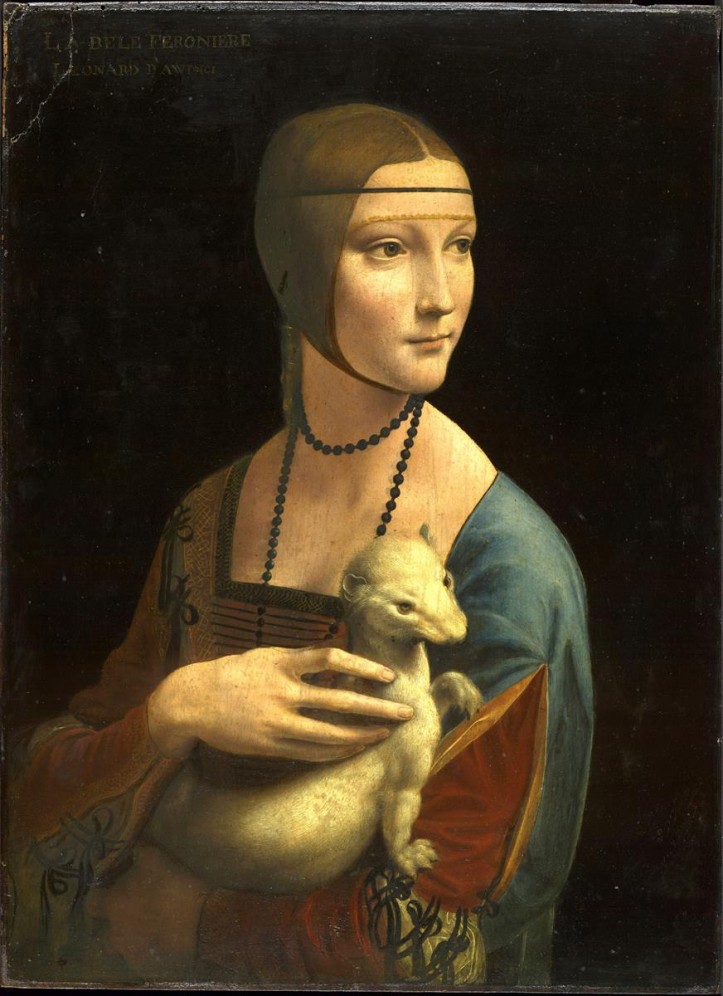
Similarly, the polymath’s notes grew famous over time. But first, they had to leave the closed circle of patrons of the arts, friends and experts on Leonardo’s works. Not to mention the community of sworn bookworms, keen to plough through his ciphered scribbles. After all, such fields as optics, engineering and anatomy used to be interesting for just a narrow group of experts. Would a random person really have the tools to appreciate the Vitruvian Man 500 years ago?!
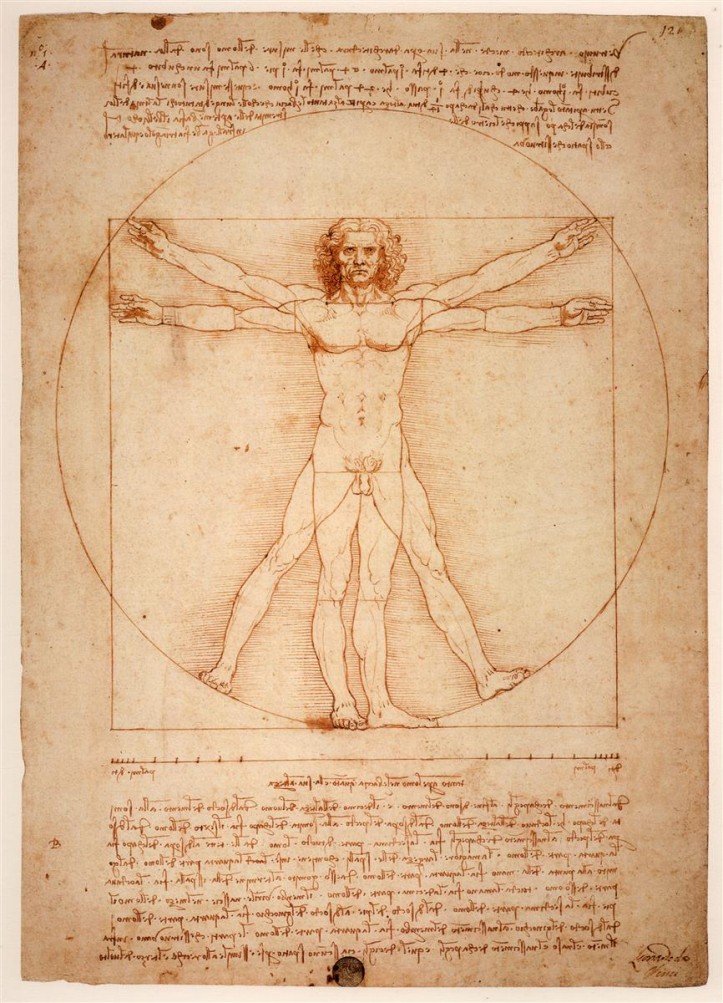
In Leonardo’s times, nobody suspected him of running sub rosa organizations, or keeping guard of secrets concerning the life of Jesus and the fate of the Holy Grail. Such catchy motifs are a recent development, immortalized just several years ago by Dan Brown in his bestselling – and remarkably misleading – novel The Da Vinci Code. The only thing Leonardo’s contemporaries could have possibly found suspicious about him was his implied homosexuality – had it been brought into daylight, the painter would have been in serious trouble.
A paradoxical genius
During Leonardo da Vinci’s times, nobody would have expected his Salvator Mundi to become the most expensive painting in the world, seeing that it was a moderately successful rendering of Christ holding a glass orb (planet Earth?) and blessing humanity. And it would most definitely not have been bought by Arab royalty, which did happen in 2017 (for almost half a billion dollars at that!) And nobody would have bothered looking for Lisa Gherardini’s remains to make sure that it was her who modelled for the famous Mona Lisa.
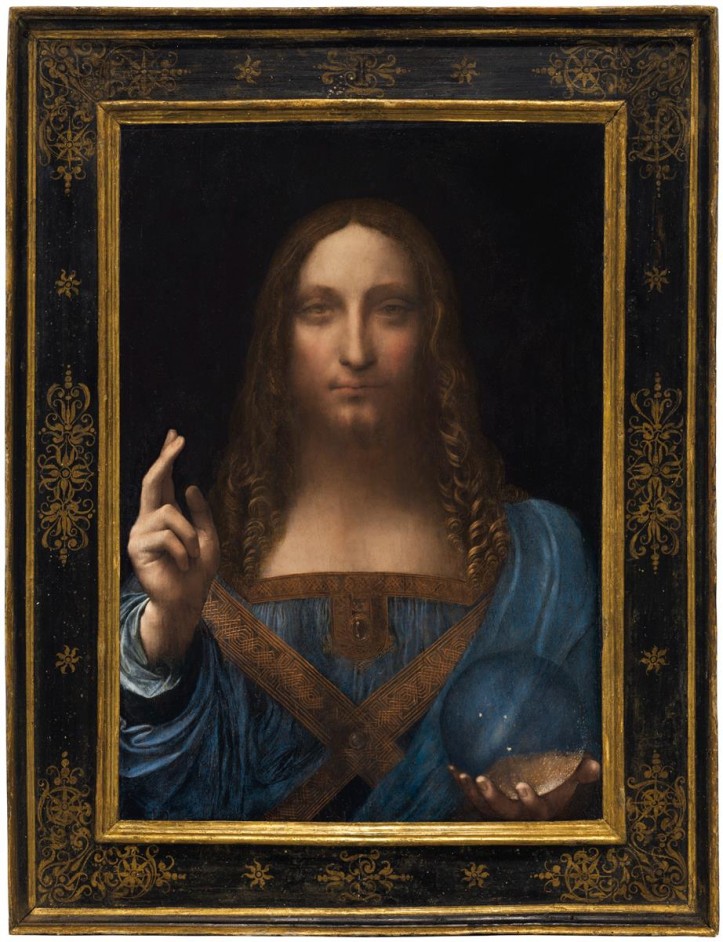
Indeed, it might have seemed that while he was alive, Leonardo had lost the race for fame with his great opponent, Michelangelo Buonarroti. The other man was busy creating art available for wider audiences, such as the Florentine sculpture of David. Even Pietà in the Vatican and the frescoes adorning the Sistine Chapel ceilings had more viewers than Mona Lisa. Meanwhile, most of Leonardo’s monumental projects failed ever to grow legs. His last large fresco, The Battle of Anghiari, ended up an even more spectacular disaster than The Last Supper and vanished without a trace. The project of a colossal bronze horse and rider statue never came to fruition. It is said that this unfinished work was brutally mocked by Michelangelo (it could have been just a misunderstanding; we’ll never know). According to the anecdote, a few Florentian noblemen were standing on the street and disputing Dante’s work. Seeing Leonardo pass them by, they asked him to explain an excerpt on which they couldn’t agree. To this, Da Vinci said they better ask Michelangelo, who was also approaching. Buonarroti, however, saw it as an insult, and responded angrily: “No, explain it yourself, horse-modeller that you are, who, unable to cast a statue in bronze, were forced to give up the attempt in shame.”
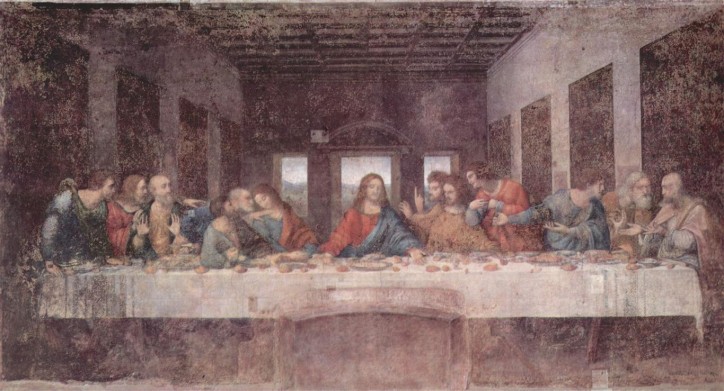
Seeing some of his grandest projects fail and fizzle was not the only problem for Leonardo, and neither was the fact that his portraits, toys, robots and blueprints were only accessible to his wealthy sponsors. Some of his dreams – such as flying – were simply beyond reach for the available technology. Flying machines designed by Leonardo were too far ahead of his times. Those projects confirmed his understanding of aerodynamics, but they were just impossible to construct, which is why we can only appreciate their ingenuity now. And that’s one of the reasons why his fame keeps on growing, five centuries after his death!
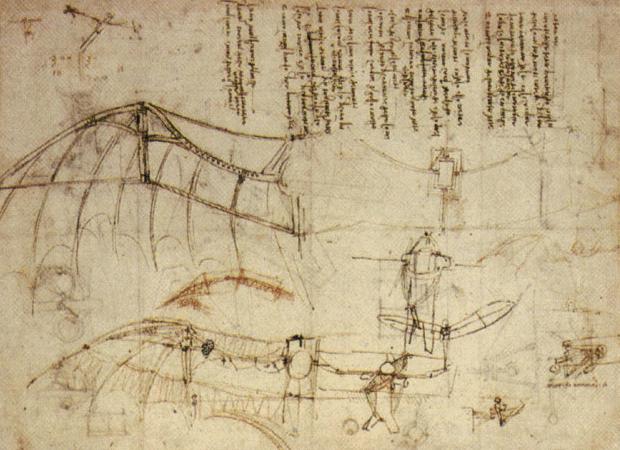
We should also acknowledge it must not have been easy for Leonardo to deal with failures, mockery and the resistance of matter. On top of it, he had to keep changing his whereabouts and sponsors in order to keep working. Da Vinci had to run away from wars, persecution and inquisition. He constantly meandered. Francis I of France, who hosted the Italian genius until his death, claimed there was no man before him to know so much about architecture, sculpture, painting and philosophy. To him, the artist and inventor we worship today was also a brilliant philosopher. Perhaps that’s even better than being the pop star that he’s become?
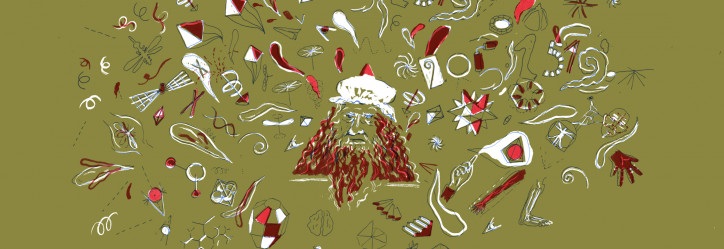
Translated from the Polish by Aga Zano





